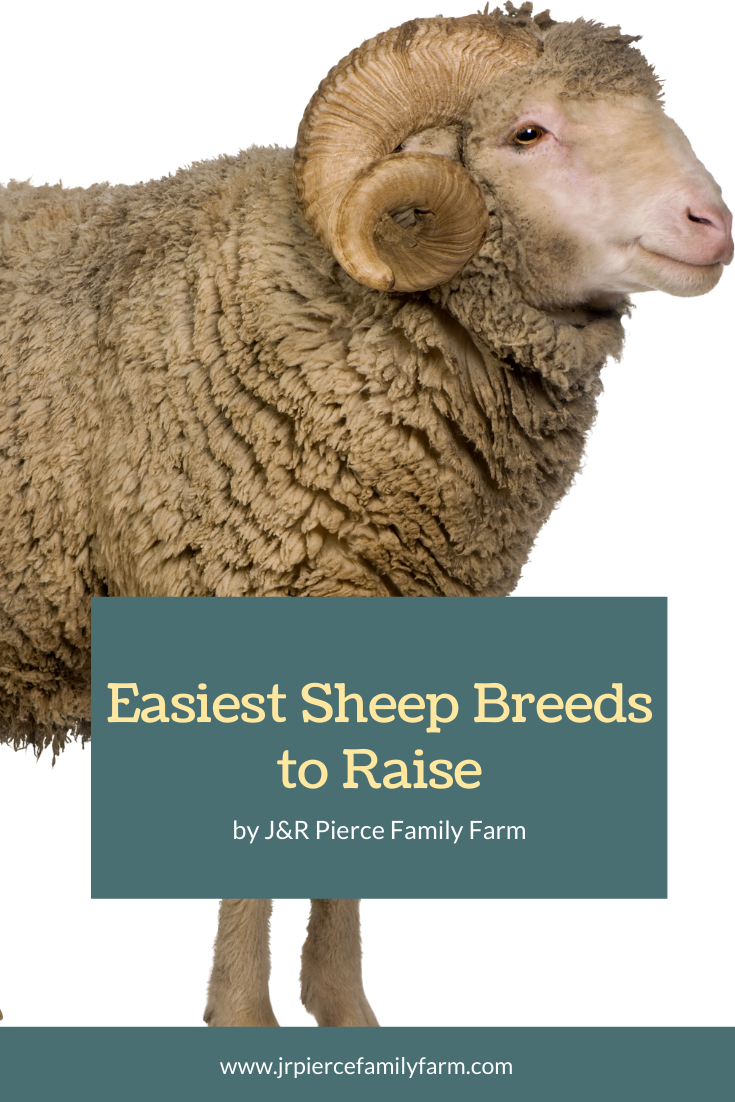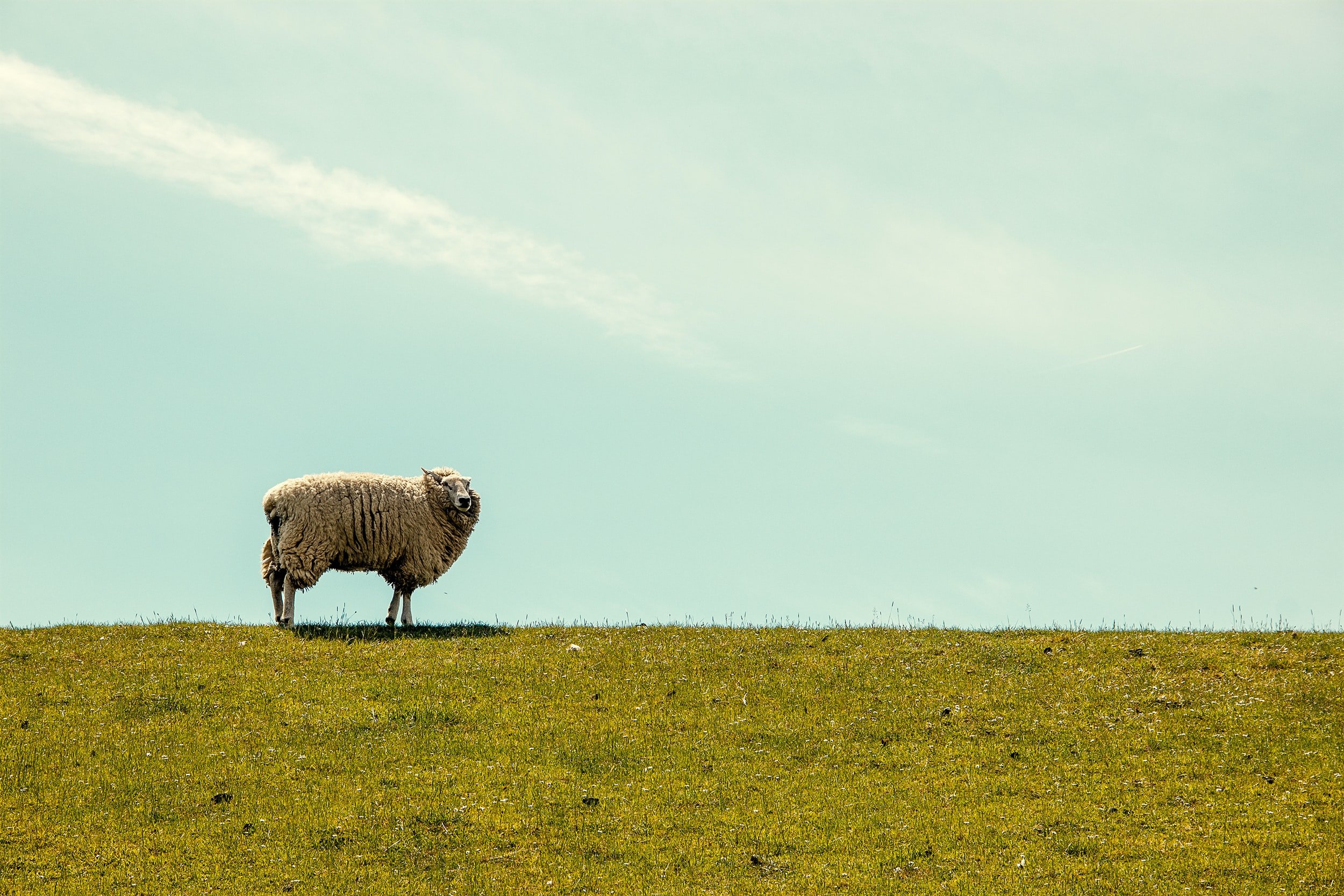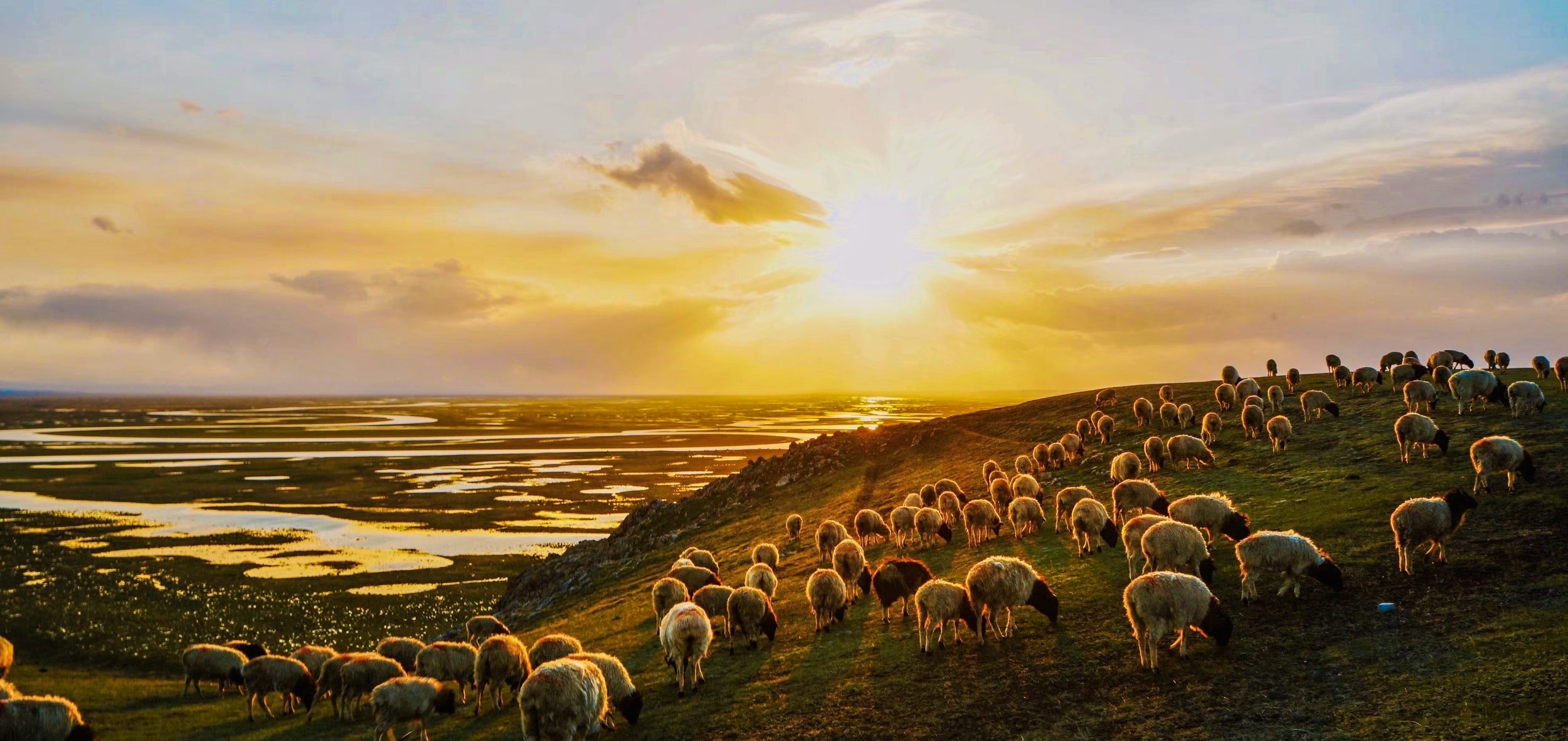Easiest Sheep Breeds to Raise
Are you interested in raising sheep but have no idea where to start? You might feel overwhelmed because there are so many different breeds to choose from! They will come in all different sizes, colors and shapes - so it can seem hard to choose just one.
This article will discuss some of the easiest sheep breeds to raise for beginners. These will be the sheep that tend to be more people-friendly and easy to raise.
easiest sheep breeds to raise
**J&R Pierce Family Farm is a participant in the Amazon Services LLC Associates Program, an affiliate advertising program designed to allow sites to earn advertising fees by linking to products on Amazon. I often link to Amazon when recommending certain products, and if you choose to purchase, I may earn a small percentage of the sale. It costs you nothing extra, and all recommended products are ones that I personally vouch for. **
Are Sheep Easy to Raise?
Over the past thousand years, many people have chosen to raise sheep for meat, milk and wool. There are several reasons why this is the case. Sheep tend to be relatively small and very easy to handle - unlike some of their other farm counterparts like horses, pigs and cows.
Sheep are mostly docile and gentle to people and they are able to be trained. They can be trained to follow you, stand when ordered and even come to you when called. Rams on the other hand, can be aggressive at times, but nothing that would be difficult to handle.
Sheep will not need much space to roam. One acre is enough room for them to live on, but if you can give them more space that would be better. A single acre can hold about three or four ewes and a few of their lambs.
This makes sheep an easy choice for a farm animal for beginners and families who want to experience this with their children. Sheep are a popular choice for those in 4-H and looking to show sheep in competitions.
What is the Easiest Sheep to Keep?
There are some aspects of keeping sheep that will never change depending on the breed, such as food, water and housing. But there are several other things you will need to consider that will depend on the breed.
The first thing is shearing. If you are a beginner, it is easiest to start with a hair sheep. This is a type of sheep that is different from a wool sheep in that it will not need to be sheared. Because of this, you won’t have to worry about buying any special equipment or have to worry about skin issues and heat stress.
The next consideration will be friendliness. Most sheep are not terribly frightened of people, but some breeds tend to be friendlier than others. Keep this in mind or else you will have to work hard to earn their trust.
Another consideration is the ability of mothering. If you are specifically getting sheep to breed, it will be better to choose one with a good mothering ability. You may think that raising a bottle baby sheep would be fun, but feeding them every two hours will get very old, very fast.
Below you will find some of the best sheep breeds for beginners.
Suffolk Sheep
The Suffolk breed of sheep is one of the most popular wool sheep breeds if you also want meat production. These sheep were created before the 19th century by crossing several meaty breeds of sheep. This breed ended up developing qualities from both parents that maximized meat production.
These sheep are very distinguishable and you have probably seen them before. They are the sheep with the black faces, white wool backs and long, black legs. The mature ewes can weigh up to 250 pounds which makes them a bigger breed.
They are great mothers, large, hardy and prolific. This is one of many farmer’s first choice of breed if they want a meat sheep. This is also very popular for kids and adults to show in competitions.
Whether they are going to be used for commercial production or on a home-based farm, they are a great addition for a beginner sheep owner.
These sheep do have medium wool and will need to be sheared. Although, their hardiness, size and mothering ability makes up for the extra work with shearing.
Polypay Sheep
This type of sheep is not a breed in itself but is more of a hybrid breed. This breed is a four-way cross between a Rambouillet and a Finnsheep mixed with a Targhee and a Dorset breed. These sheep were created in the 1970s in order to meet specific demands that farmers wanted.
These sheep can give you one really good wool crop in one year. This breed is also great for their mothering skills, hardiness and their heavy weight for meat.
This is great for a small farm and is excellent for families. You will be able to get two crops of lambs and are able to sell their wool. These are another popular breed that is easy to obtain and easy to sell.
They are a large wool sheep breed. The ewes can be up to 150 pounds. These are also sheep that are easy to keep healthy and are easy to handle.
Blackhead Persian Sheep
This breed of non-wool sheep originated in South Africa and are a descendant of a Somali sheep. They have a white body with a black head. This is a popular breed for meat production.
They are able to adapt to many different climates and are great for those who have extreme seasonal weather change. These sheep have a high fertility and reproduction rate. This is great for those who want a high population and want a good amount of meat production.
This breed is a hair sheep because they will not grow wool. No shearing will be needed which is great for a beginner. Because of them having hair and not wool, makes them great for tolerating high heat levels.
Dorper Sheep
This is another breed of South African sheep. They were bred by an agriculture department from a mix of Blackhead Persian sheep and a Dorset Horn sheep.
This is one of the most common breeds of sheep for American farms. This is because they are easy to handle and have a great ability for mothering. They have a high fertility rate which is great for those who want to breed and have lamb crops.
Dorpers are great for beginners because they are another breed of hair sheep. You will not need to shear them like many of the other breed of sheep.
Barbados Blackbelly Sheep
Like the name implies, this breed, the Barbados Blackbelly, originated on the island of Barbados. This is a great breed for those who have different seasonal weather. They are able to have a very high tolerance for many different kinds of weather such as cold weather, snow, hot weather and high humidity.
These sheep are known for their ability to be able to produce twins and sometimes even triplets. They will lamb up to two times a year if given enough mating time with the rams.
This is a great breed for beginners because they are easy to keep healthy. They are very resistant to many types of diseases and the effects of internal parasites that other breeds are more susceptible to.
If you do not have a lot of land for sheep, this will be the perfect breed for you. They are able to live on small tracts of land because they are amazing foragers. Additionally, they are hair sheep so they will not need to be sheared. They are one of the most unique and popular hair sheep breeds out there.
East Friesian Sheep
If you want sheep for dairy purposes, the East Friesian will be a great breed for a beginner. This is one of the top choices for many commercial dairy sheep farms. Unfortunately these wool sheep are not very hardy and will not be able to adapt to environments that are different from where they were created.
But, small flocks tend to do very well on small farms. This is a breed that produces up to three times more milk than other breeds of sheep. Their milk is used for a variety of purposes from raw and organic milk to many different varieties of cheese.
This breed is easy to keep with other sheep breeds as well. They are a large breed that will require some shearing due to their medium grade wool.
Katahdin Sheep
This is a newer breed of sheep that was developed in the 1950s. They are low-maintenance and are a cheaper breed to own. This will be a great choice for anyone who has never raised sheep and wants to start a small flock.
These sheep are very docile and great if you have kids. They will not need to be sheared and are very easy to care for.
Katahdins are typically bred by people raising sheep primarily interested in meat production. They are able to live in a variety of different climates. Some will have horns and will need to be polled. This breed is very hardy and has a high parasite resistance in comparison to some other breeds of sheep.
Quick Tips for Raising Sheep
Now that you know the best breeds of sheep you can raise, including wool and hair sheep breeds, let’s dive into some quick tips for raising sheep so you can do things the right way! Raising sheep is easier than you might think. Of course, there are always some basic maintenance tasks you’ll need to do - check out this chart for more information and to help you stay organized.
What Does a Flock of Sheep Eat?
Most sheep breeds will typically eat plants such as hay and fresh grass. They will live well if they are fed salt, pasture grasses, mineral and vitamin supplements and fresh water. One acre is plenty of room and it’s best if their pasture contains a mixture of grass, trees and brush.
When the pasture grass grows, sheep are able to feed themselves. Although, in the winter or months with drought, you might need to supplement their diet with some grain and hay.
What Kind of Housing Do Sheep Need?
When fencing sheep, be sure to choose the correct kind of fence. Try to choose a smooth-wire electric fence or a woven wire fence that is not electric. Make sure to provide some shade for hot weather.
They will not need a lot of protection. But still make sure that you provide them with a simple type of shed to protect them from wind, snow, rain and the cold. The only exception to this is if you plan on raising ewes during winter. Then you will need a small barn or shed to protect the lambs.
How Do I Handle Sheep?
Sheep are easy to handle if you understand how they behave and how they move instinctively. They will always tend to move toward any other sheep you have and follow the others. Herding them will be easier if they have curves where they will not be able to see past it.
When training your sheep, they are just like any other animals. They are heavily motivated by food. You will be able to lure them to you with simple treats such as apples, peanuts and grains.
Sheep can be susceptible to a few types of illnesses and parasites. This is especially true when you have too many sheep in closely confined areas. Try to rotate your pastures every few weeks to avoid this.
Are you struggling with parasites - particularly those that cause bottle jaw? If so, you might want to check out this helpful DIY remedy.
Some predators of sheep can include dogs, wolves and coyotes - as well as eagles and some other kinds of birds. The easiest way to deal with this is to keep some guard animals such as a trained dog. Keeping them in an open field that is within your eyesight can also help so you can respond quickly if something happens.
The Easiest Sheep to Raise
Sheep are amazing farm animals and great for any beginner looking to get a flock. Be sure to make sure you have all the right equipment before buying any sheep. Check out your local breeders to see if any of these sheep breeds are available near you!
Sheep tend to be low-maintenance, cheaper than other farm animals and easy to handle. This makes them great for a family farm animal. In addition, they can supply you with meat, wool, and milk for your farm.
You will quickly fall in love with these animals and all of the benefits they have on the farm. These animals are popular for a reason and you will love having them around!
Which of these sheep breeds is right for your farm? Let us know in the comments!
Want to learn more about farming? Be sure to check out these featured articles!
Subscribe to our email newsletter for regular tips and tricks on homesteading – wherever you are. You can also follow us on Instagram (@jrpiercefamilyfarm) and Pinterest (J&R Pierce Family Farm) for frequent updates. Happy homesteading!





